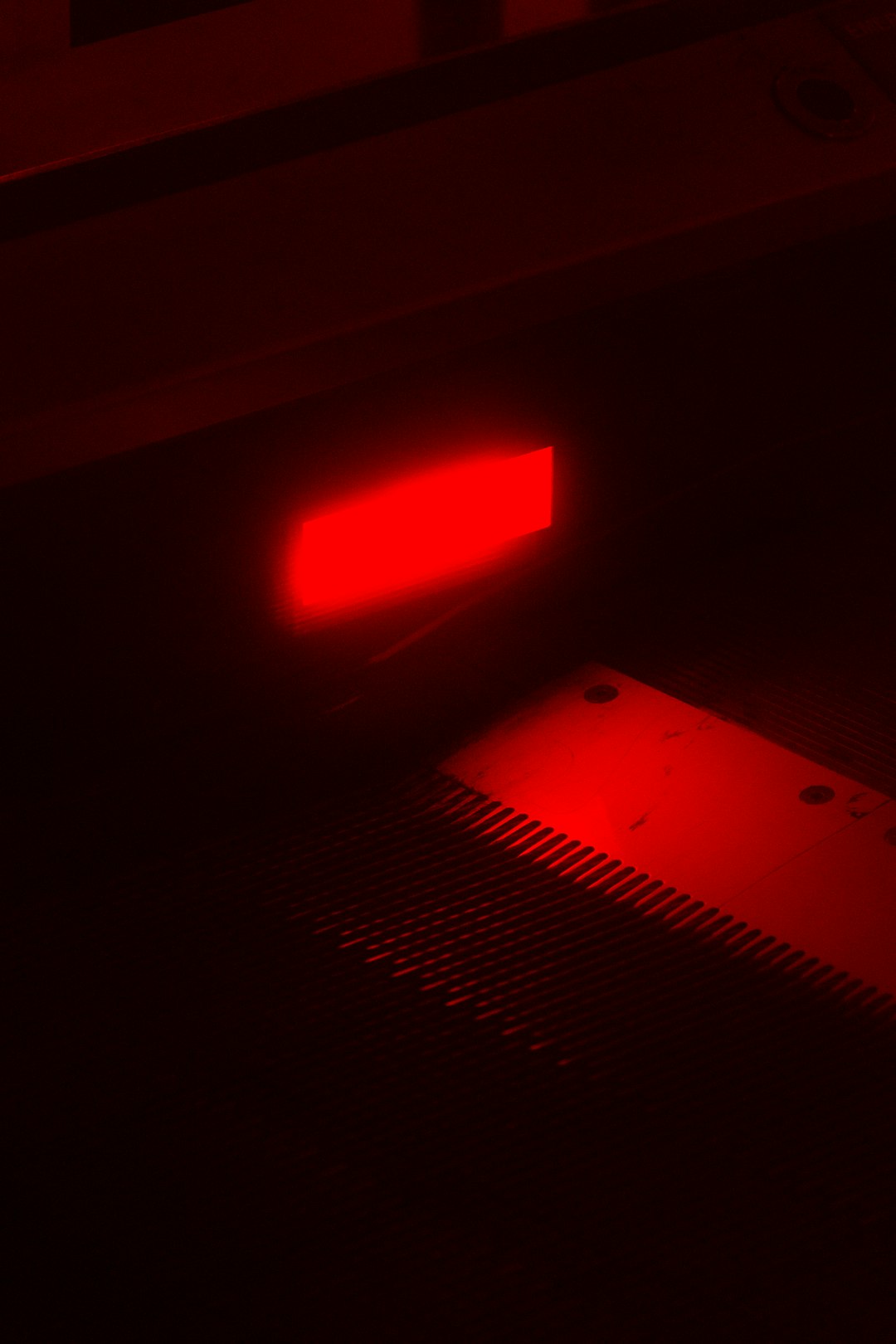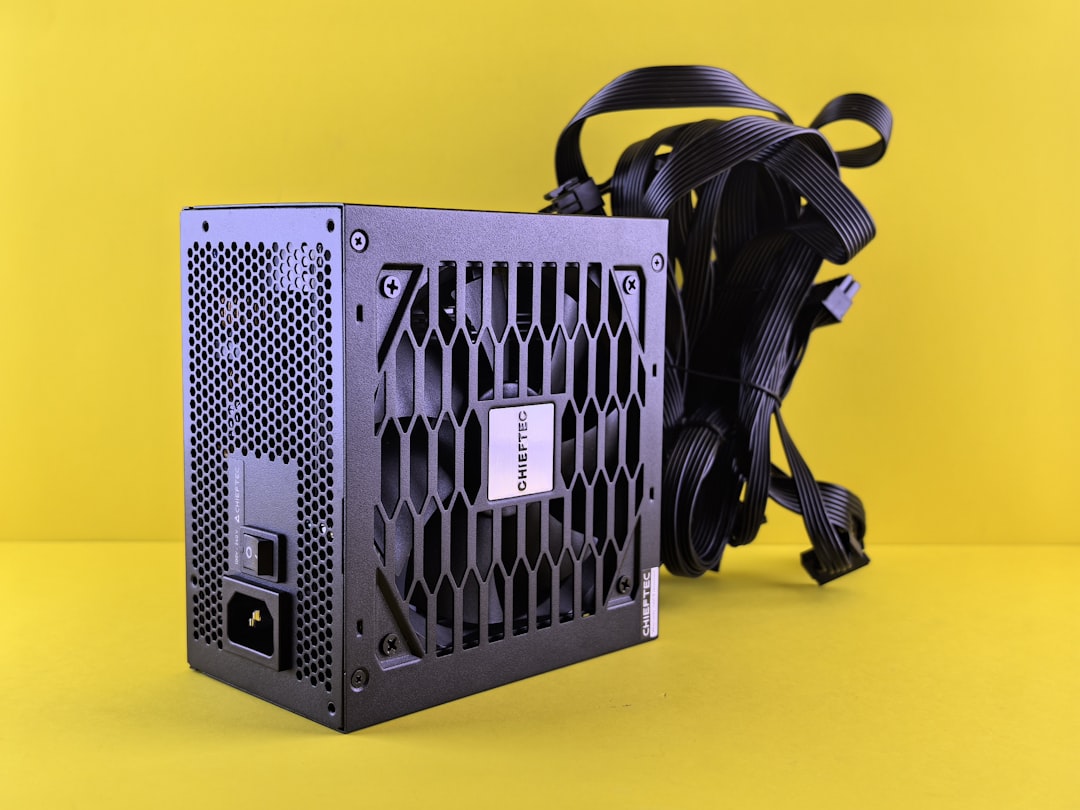You’re building your PC. Everything seems fine. But wait—there’s a scary red or orange light glowing near your CPU! It’s the CPU light on your motherboard. What does it mean? Is your PC toast? Don’t worry! It’s more common than you think, and most of the time, it’s fixable.
What Is the CPU Light?
Most modern motherboards come with diagnostic LEDs. These little lights help you figure out what’s wrong when your computer doesn’t start up correctly.
If your CPU light is on, your motherboard is saying, “Hey! I’m having trouble talking to your CPU.”

What Does a CPU Light Mean?
When the CPU debug light is lit, your system is having trouble detecting or communicating with the processor. It could be for many reasons, ranging from a simple power issue to a faulty CPU.
Some common colors:
- Red: Critical issue. Your CPU might not be detected at all.
- Orange or Yellow: Warning. There might be a connection issue.
Common Causes of CPU Light
Let’s talk about what usually causes that scary light to pop on. Here are the usual suspects:
1. Improper CPU Installation
Did you install the CPU the right way? It should slot in easily without force. If it’s misaligned, the pins on the CPU or socket might get damaged.
2. Bent or Damaged Pins
Some CPUs, like AMD ones, have pins on the bottom. If any are bent, the CPU may not make proper contact. That’s a no-go for your motherboard.
3. Missing or Unplugged Power Cable
Yep, the 8-pin CPU power cable from your power supply MUST be connected. If it’s not plugged in, your CPU gets no power.
4. BIOS Incompatibility
Sometimes a new CPU needs the motherboard to have a BIOS update before it can work properly. If not, the board doesn’t recognize the chip.
5. Faulty Motherboard or CPU
It’s rare, but sometimes the hardware itself is broken. This could mean a dead CPU or a bad motherboard socket.
6. Overheating or Improper Cooling
If the CPU cooler is improperly mounted, the processor may overheat immediately on boot, triggering the light.

How to Fix the CPU Light
Okay, enough with the doom! Let’s get to fixing it. Here’s a simple checklist:
Step 1: Power Off and Unplug
Always unplug your PC before opening it. Safety first!
Step 2: Check CPU Power Connections
Find the 8-pin (or 4+4 pin) CPU connector. Is it plugged tightly into the motherboard? If not, fix that first.
Step 3: Reseat the CPU
Remove the CPU cooler and lift the CPU. Carefully reseat it back into the socket. Make sure the little arrow on the corner lines up with the socket.
Step 4: Check for Bent Pins
Use a magnifying glass. Look closely. See any bent pins? If so, you may try to gently straighten them. (Be very careful!)
Step 5: Check the CPU Cooler
Make sure your cooler is installed correctly and making good contact with the CPU. Add thermal paste if you’re reapplying the cooler.
Step 6: Clear the CMOS
This resets your BIOS. Look for a small jumper on the board or remove the battery from the motherboard for 5–10 minutes.
Step 7: Update the BIOS
If your CPU is new and your motherboard is old, check online to see if a BIOS update is needed for compatibility. Some boards have a USB BIOS Flash button.
Step 8: Test Components
Try another CPU in the same motherboard (if one is available). Or test your CPU in a different board. This will help you narrow down what’s broken.
Preventing CPU Light Issues in the Future
Now that you’ve fixed the light, let’s prevent it from happening again.
- Always triple-check connections.
- Don’t force the CPU into the socket.
- Keep your BIOS up to date.
- Use quality thermal paste and make sure the CPU cooler is well-mounted.
- Handle all components with care.
When to Ask for Help
If you’ve tried everything and that CPU light is still glaring at you, it might be time for help. Consider:
- Taking the PC to a local repair shop
- Asking for help on tech forums with your motherboard and CPU info
- Contacting the support team of your motherboard brand
Quick Tips & Tricks
- If your motherboard has onboard diagnostics, check the error code on the tiny digital display.
- Some motherboards light up briefly during the boot check—if the light turns off quickly, that’s normal!
- Make sure you’re using a supported CPU. Look up your motherboard model and check the CPU support list.
Wrap-Up
Seeing your CPU light on may be scary—but most times, it’s just a small issue. Start with the basics: is your CPU in correctly? Is power connected? Is the cooler installed well? Work through the steps slowly.
The CPU debug light is your motherboard’s way of saying, “Hey, I need attention here!” Listen to it, follow the steps, and you’ll be back to gaming, editing, or browsing cat videos in no time.
Happy building!
